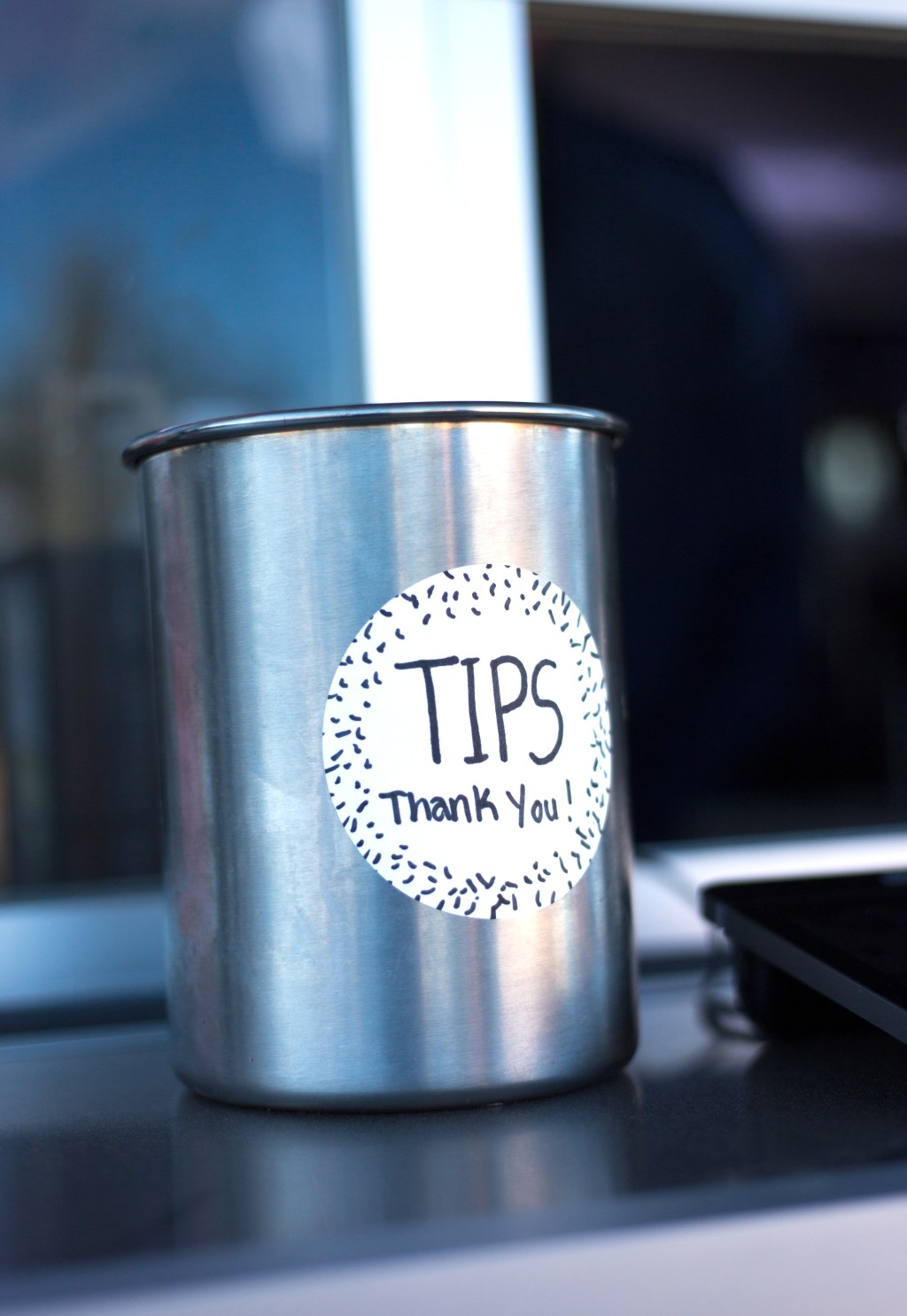
For someone who has held a few jobs that were dependent on tips, I am acutely aware of how significant a generous gratuity can be. Whether I was caddying, making drinks at Starbucks, or manning the coffee nook at my local Borders throughout high school, tips were always a major source of revenue as I saved for my first car and then paid off my student loans.
Today, tipping is more ubiquitous than ever, thanks to technology.
Before the screen invasion, tips were almost exclusively dealt out in cash. It was very satisfying to walk off the job with a nice wad of cash in my pocket. It also made me more apt to save the money because I would typically deposit at least some of it in the bank in a timely manner.
Nowadays, most tipping occurs via touchscreen. The difference is that this takes an extra step, and you must actively reject the tip or hit a button that usually starts at 20% and goes up in increments. This leads to what some call “guilt-tipping.” It has also led to a backlash against tipping in general.
Before, tips were mostly expected for only certain tasks and jobs; today, far more jobs and tasks now include/expect tips. Should I tip the cashier who only hit a few buttons?
Navigating this brave new world of tipping can be difficult. So, here are a few tips on tipping.
First, always carry some cash. Trust me, a cash tip is always more appreciated than a digital tip. Second, consider the amount of effort taken to fulfill the task. If someone is working their tail off on a hot summer day, I think they deserve a little extra.
For those who rely on tips, like bartenders or bellhops, I have some very good news: You no longer will pay taxes on tips.
Yes, in a rare instance of a candidate actually delivering on a campaign promise, President Trump’s newly signed One Big, Beautiful Bill eliminates taxes on tips.
Specifically, the new law allows those who receive tips to deduct up to $25,000 in taxable income. Those earning more than $150,000 annually will have to pay taxes on tips.
Another important element of the new law is that it restricts tax-free tips to workers at “an occupation which customarily and regularly received tips.” This means white-collar professionals will not be able to take advantage of the tax break on tips.
When I was working tip-based jobs about 20 years ago, the cost of things like groceries, rent, a car, and college tuition were generally more affordable for young people and those with tip-based jobs. Such is not the case today.
As such, I feel more inclined to be as generous as possible when I leave a tip for someone these days. And I think I’ve become more scrupulous when determining whether to tip or not to tip.
I think the standard 20% tip is acceptable, but it should not be the universal amount.
Lastly, if you have the wherewithal, I beseech you to reward someone who does an extraordinary job with a generous tip.
When I worked at the coffee shop, every Christmas Eve a regular customer dropped a $100 bill into the tip jar. As a teenager at the time, this was a huge deal for me. I will never forget his generosity.
Chris Talgo is editorial director at The Heartland Institute/InsideSources

